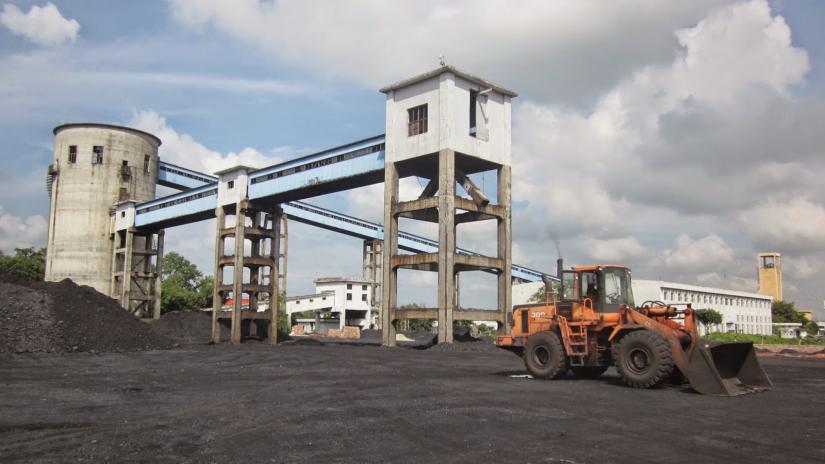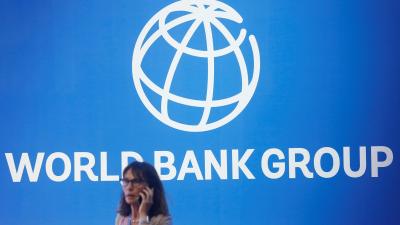 Bangladesh still hasn’t managed to make the optimum use of its mineral resources as the focus is mainly on gas. There isn’t any accurate record of the reserves of minerals. The Geological Survey Bureau GSB, sources say that a reserve of seven minerals has been confirmed through it’s not yet supported by evidence.
Bangladesh still hasn’t managed to make the optimum use of its mineral resources as the focus is mainly on gas. There isn’t any accurate record of the reserves of minerals. The Geological Survey Bureau GSB, sources say that a reserve of seven minerals has been confirmed through it’s not yet supported by evidence.
Possible reserves include – peat, limestone, hard stone, glass sand etc. There is also the possibility of discovering mineral sand from the river deltas.
Recently, GSB published a report on the prospects of finding iron ore mine in a northern district though nothing specific has been stated yet.
Retired professor of the department of geology of University of Dhaka, Dr Badrul Imam, says: “We do not use the resources we have; if we used them we would have been economically stronger.”
So far, gas is the main natural resource of the country and 27 gas fields have been discovered so far. Of the reserve of 27.91 TCF of gas, 16.44 TCF has already been extracted.
Petrobangla says that after 2021, gas production will begin to fall.
Currently, 2700 million cubic feet of gas is extracted every day and due to the gas crisis, Liquid Natural Gas, LNG, is being imported. Specialists say this only because of the failure of exploration efforts for gas on the high seas.
The amount of minerals in the hill tracts has not been ascertained either. There are five coal mines in the country and coal is extracted only from Boro Pukuria mine. Coal cannot be extracted from the other three. Of these, the mine in Jamalganj of Joypurhaat has 1053 million tonnes, Khalashpir in Rangpur, 685 million tonnes, Dighipara in Dinajpur, 500 million tonnes and Fulbari, 572 million tonnes.
Of the four mines, the depth is highest for Jamalganj; here, the coal is at a depth of 640 to 1158 metres. As a result, coal cannot be extracted by tunnelling.
Former MD of BAPEX, Murtaza Farook, said: “Since Jamalganj did not have enough gas, the work did not continue there. The feasibility study on Khalashpir was not completed and a study is now being carried out in Dighipara.”
Granite Mining Company Limited, MGMCL, began extracting hard stones in Madhyapara, Dinajpur, from 2007. Initially, 1500 tonnes to 1800 tonnes were extracted daily though the work was suspended for five months and resumed recently.
Hardstone has also been found in Birampur, Hakimpur of Dinajpur and Mithapukur of Rangpur; however, no effort has been made for extraction.
The country has six peat coal mines with the highest reserve of 282 million tonnes at Hakaluki haor in Moulavibazar followed by 150 million tonnes at Sunamganj.
Since extracting it is not eco-friendly, the government has not taken any decision on extracting as yet.
There are six limestone mines, of which, the one in Badalgachi, Naogaon, has more than 2 lakh 50 million tonnes of lime-stones.
In Habiganj and Moulavibazar, more than 2000 million tonnes of glass sand are reserved.
Professor of the geology of Dhaka University, Dr Hossain Monsur, said: “To extract coal we will have to OPERATE OVER a large area and this will affect agricultural land; limestone extraction is costly and so, it’s been shelved. The mineral sand feasibility study is done but an assessment has to be carried out to ascertain if it will be commercially viable; peat coal creates too much smoke and the area where it’s found is known for salt cultivation.”
However, he was hopeful about the iron ore mine found in Hili.






